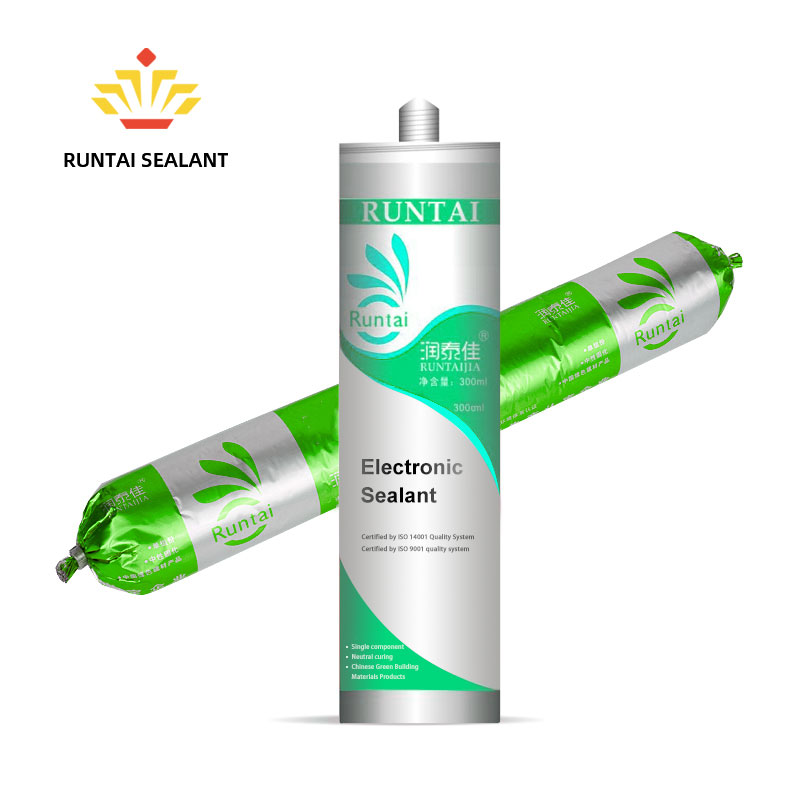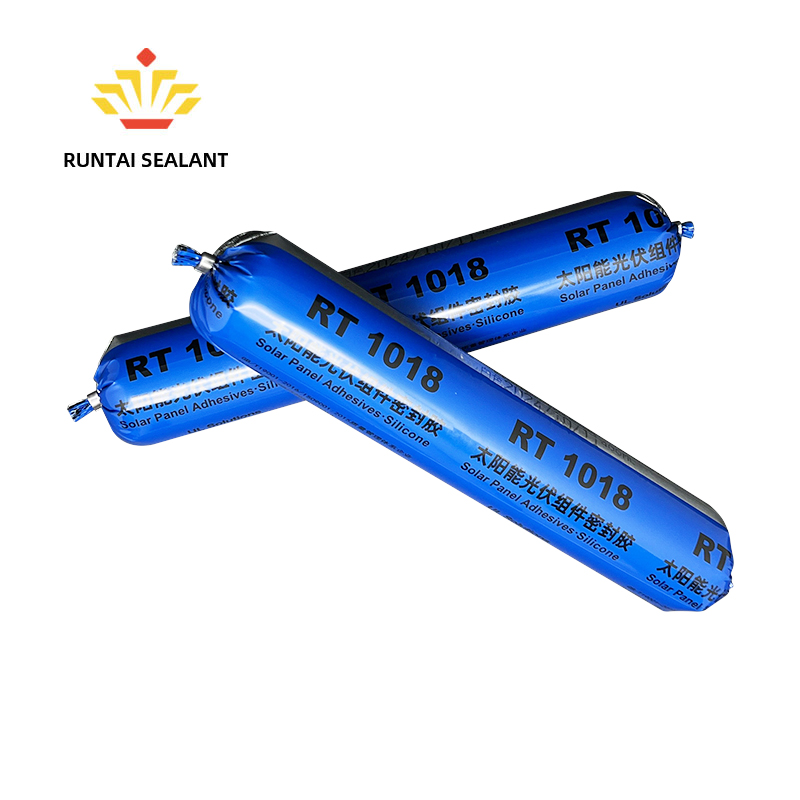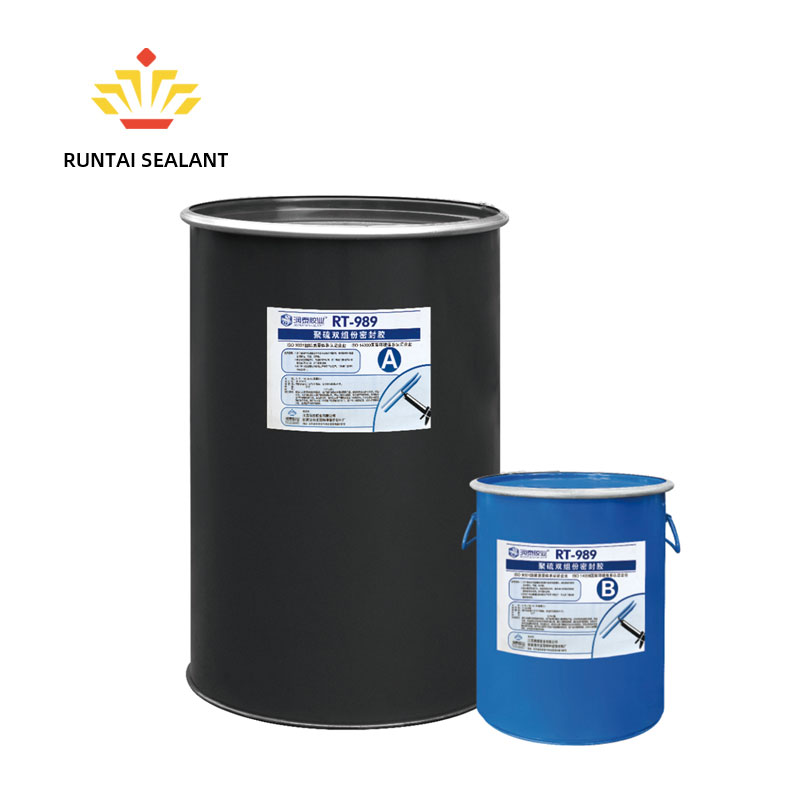- Add: No.100 Sizha Road, Zhangjiagang City, Suzhou City, Jiangsu Province
-
Tel: 0512-56766658 0512-567766656
Fax: 0512-58588359
The appearance of particles in sealant is typically related to control issues in the production process, raw materials, and formulation. Here are several common reasons:
Uneven dispersion of fillers: Sealants often contain fillers (such as calcium carbonate, silica, etc.) to enhance performance or reduce costs. These fillers are solid materials, and when mixed with the liquid base, their tiny particles can easily form aggregates, causing uneven dispersion in the sealant and resulting in particles.
Insufficient mixing: If the mixing process is inadequate during production, the fillers and liquid base may not fully blend, leading to some fillers forming into particles.
Production equipment issues: Poor performance or maintenance of production equipment can lead to issues with stirring, mixing, or other stages, preventing the fillers from being fully dispersed.
Raw material quality issues: The quality of certain raw materials may be unstable or contain impurities, potentially causing particles to form. For example, low-quality calcium carbonate or silica may contain larger particles or impurities.
Storage and transportation conditions: Improper storage conditions, such as high humidity or temperature fluctuations, may cause the sealant to deteriorate or result in particle aggregation.
Incomplete reaction: In some cases, if the curing or reaction process of the sealant is not fully completed (for example, if it is not fully cured), it may lead to undissolved particles or rubber-like substances.
If larger particles or rubber-like substances appear in the sealant, it is typically due to inadequate control during the production process, which can be addressed by strengthening production management and quality control.
The appearance of powdery particles is usually related to the reinforcing fillers added to the sealant, such as calcium carbonate or silica, which are solid materials. Since solid fillers tend to form small aggregates in the sealant mixture, they are difficult to disperse completely, resulting in particles. To determine if the particles are powdery, one can remove the small particles from the sealant and crush them by hand. If the particles break down and disappear, they are powdery particles.
Although small particles may be visible during application, the sealant’s good leveling properties allow it to cover these particles. Additionally, since the application process is observed at a very close distance, these particles may not be noticeable from a farther viewing distance (around one foot away). Therefore, the visibility of the particles generally does not affect the overall performance.



 English
English 中文简体
中文简体 Português
Português










